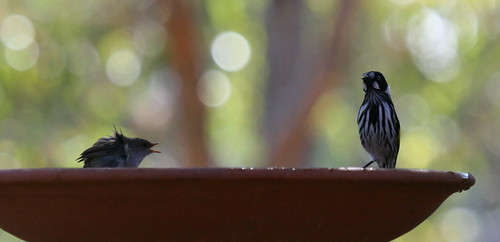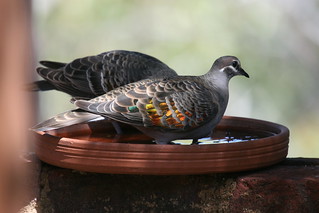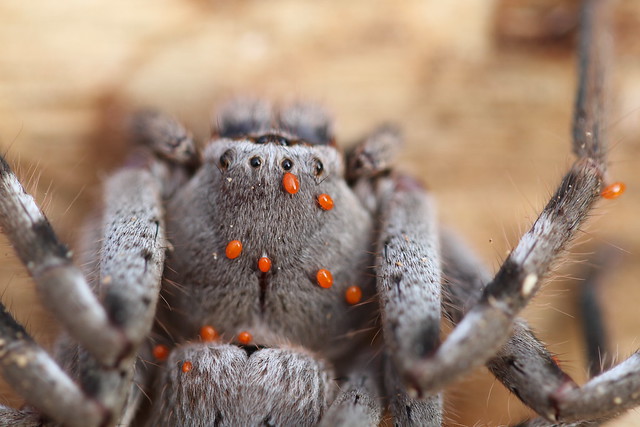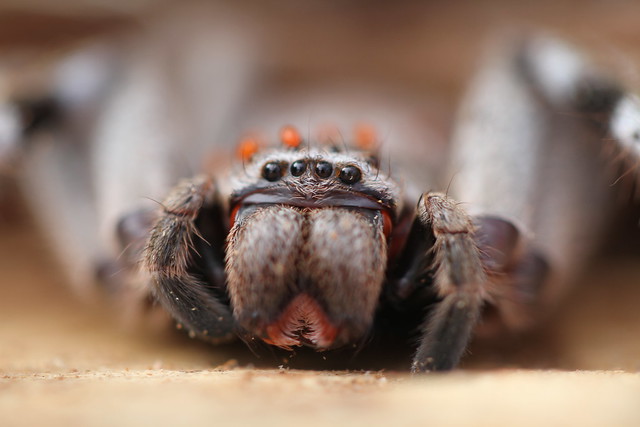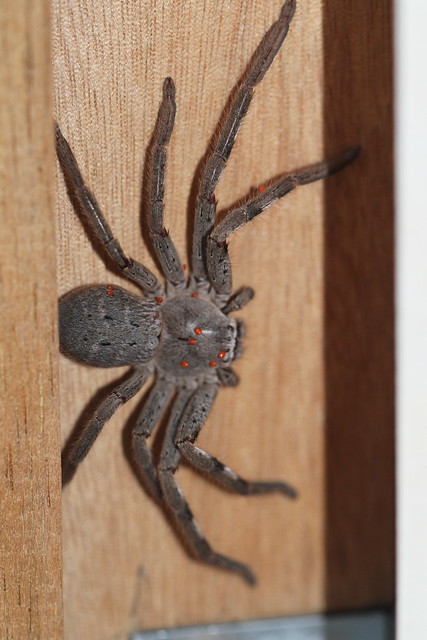I went for reverse cycle heating and cooling a couple of years ago, and though I do like the convenience of it, I don't like the expense OR the barren feeling that losing my wood stove left in the cottage in the winter.
Newly installed solar panels this past Summer allowed me to run the aircon throughout the summer and still get a credit on my power bill, which was a very welcome surprise and makes me feel better about my "carbon footprint (rightly or wrongly).
THIS is going to keep me warm literally and figuratively this winter.
When I fired it up for the first time it made the place feel like "home" again .. it offers a place to read in the company of a friend.
That it is also so practical, is a joy.
Strangely, I LIKE doing all the "wood" jobs that having a wood-burning stove entails; that was my job as a child, from scavenging for kindling when very young, to chopping it when I was older.
My childhood on the Eyre Peninsula of SA always included several days through the autumn of "getting the wood in"; ie picking up stumps for the winter.
Now I know the significance of those stumps in the bush, but I confess that I still love going out "getting the wood" when it is necessary, and preferably from paddocks that have been worked up.
Here on my own bush block I do burn some of what is dead / fallen, despite knowing it probably should all be left to rot down; however the mid-calf depth of the ground cover (including fallen wood) I feel like I have some room to move on this.
Given my choice to burn wood at all, that doesn't seem to me to be worse than burning the tonnes of redgum that is delivered daily to our local wood yard; some part of our bush (presumably along the Murray somewhere?) must be being wiped out at a great rate.
I'm glad the new stove designs do a much better job of reducing pollution than those of my childhood.
In the meantime, I am enjoying it and the fact that it is Australian made.
(and today the installer comes back to put in the matching black flue, as ordered .
http://www.nectre.com/index.php?page=baker-s-oven





